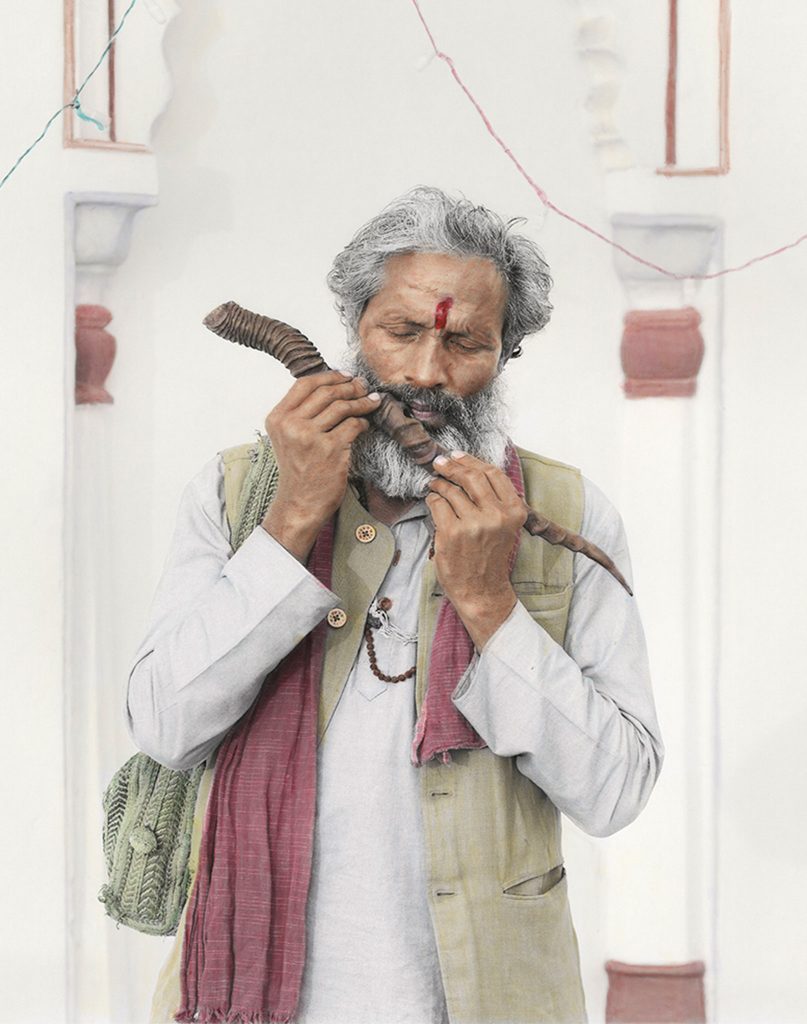
in Self, Relationships
Finding Real Connection
An appeal for the intimate joys of self-knowledge.

in Self, Relationships
An appeal for the intimate joys of self-knowledge.
in Self
Explore the ways storytelling can give radical insight through difficult times.
There are no greater self-help books than mythology.
Dr Douglas Brooks

For generations, human myth making has ascribed a powerful sense of location and significance to our human existence. From the rudimentary pictographic depictions of prehistoric man, to graphical hieroglyphs, mankind has constantly sought to find new languages to convey emotion and experience. “Humans are pattern-seeking, storytelling animals,” writes the skeptic Michael Shermer. Through the logic of patterns, he suggests, humankind looks for meaningful patterns to create connections that help contextualise our experience of the world. “We are quite adept at telling stories about patterns,” he continues, “whether they exist or not.”
Storytelling in particular, through the rubrics of characterisation and literary language, is the perfect vehicle illustrating meaning through patterns. Shermer observes that in a chaotic and contingent world, stories offer an eloquent and precise way of ordering our environment. For years, communal oral traditions of emerging civilisations have served to instil ideals of belief and instruct behaviour. The striking descriptions of these narratives work to attune our social instinct and behaviour with the wider whole.
“There are no greater self-help books than mythology,” remarks Dr Douglas Brooks, a scholar of Hinduism and the comparative study of religions. “The beautiful part of it is that we can find ourselves in every character of the story, and we can focus on each one to teach us about our personal responsibilities”. Through the sophisticated eloquence of ancient myth, Dr Brooks attests to the power of mythology to better understand oneself and the world around us.
To illustrate this , the Hindu scholar cites the Ramayana, an ancient Indian epic. Written around the 5th Century BCE, it describes Prince Rama’s quest to rescue his beloved wife Sita from the clutches of the mythical multi-headed demon king Ravana. In his trials of increasing danger, Rama relies on his allies to conquer Ravana’s malignant forces. Across its tapestry of violent peril and rampant menace, the young prince repeatedly calls for strength from the benevolent gods that aide his endeavour.
“All of the characters of Ramayana are offering further fractals and expressions of the self by the way they adapt, adjust and move through the story”, explains Dr Brooks. Rama the warrior, represents the soul, Sita his lover, the mind, Ravana the malignant demon embodies the ego, and Hanuman, Rama’s ardent devotee, is a pure expression of life force. In his prolific study of myths, the American mythologist and professor Joseph Campbell ascribed vital meaning to the reading of classical myth. “ Every myth is psychologically symbolic,” observed the author. “Its narrative and images are to be read, therefore, not literally but symbolically”. Through the linguistic patterns of myths – of flawed heroes, vengeful gods and creatively wrought motifs – myths offer a way into the soul of human experience.
Like most mythologies, the Ramayana speaks to the ambiguities of human nature- the shadow of resistance and the struggle between fear and omniscience. “There’s plenty of dark, even in the heroic characters of The Ramayana,” remarks Dr Brooks. “ I think that a rich a contemplative reading of the text doesn’t wash away the shadow of the heroic characters”. It is because of the shadows that plague its characters, these myths can be instruments of insight. Reading the stories of Homeric heroes or epics from Eastern traditions is to stare down a lens that offers insight into the unequivocal challenges and ultimate virtue of human endeavour.
Like the myths that emerge from Western civilisation such as Beowolf and The Odyssey, the Ramayana acknowledges the importance of personal effort in shaping our own destiny. “In the opening lines of the Odyssey, Homer describes the twists and turns of life,” says Dr Brook. “ I think life is found in those twists and turns. The beauty of life lies in its dynamism, in the change- in the instability and in the unpredictability too.”
Dr. Douglas Brooks is a scholar of Hinduism, South Asian languages and the comparative study of religions. He currently serves as the Professor of Religion at the University of Rochester and provides courses in Srividyalaya, the study of yoga and the practice of tantra. Visit his site here for more information.

Article from the issue :